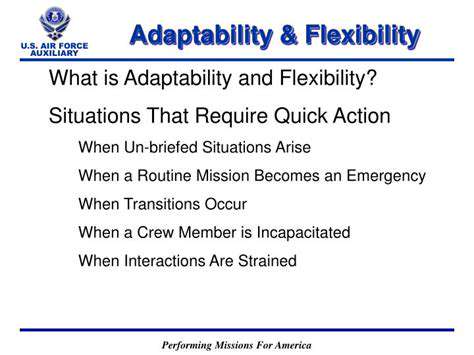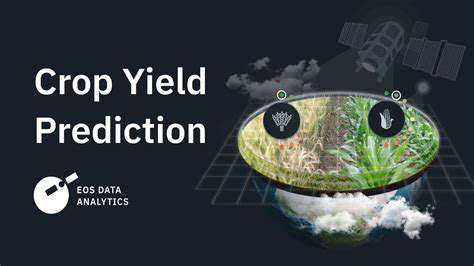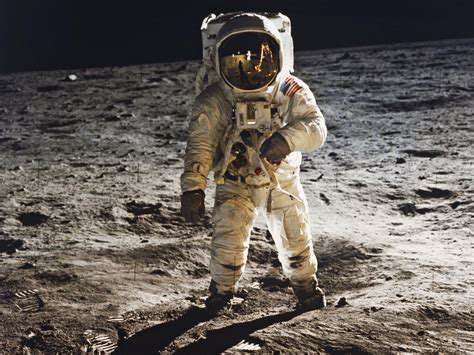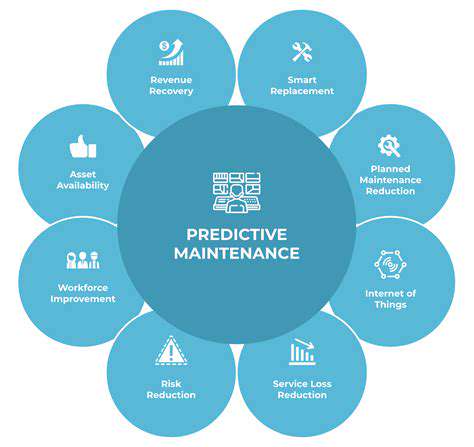Autonomous navigation systems are crucial for lunar rovers, enabling them to traverse challenging terrain and navigate complex landscapes without human intervention. These systems rely on advanced sensors, including cameras, laser range finders, and even radar, to create detailed maps of the lunar surface. The rover's onboard computer processes the data to identify obstacles, plan efficient routes, and adjust its trajectory in real-time. This sophisticated autonomy is essential for extending the range and operational lifespan of lunar missions, allowing the rovers to explore beyond the immediate vicinity of the landing site and to conduct more comprehensive scientific investigations.
Precise localization and mapping are vital components of autonomous navigation. The rover's ability to precisely determine its location on the lunar surface, coupled with its capacity to build detailed maps of its surroundings, ensures efficient exploration and allows for the identification and collection of crucial data. This accuracy is paramount for efficient resource utilization, optimizing the rover's movement patterns, and maximizing the scientific return of the mission.
Intelligent Decision Making: Adapting to Unexpected Challenges
Lunar environments are unpredictable, with varying terrains, lighting conditions, and potential hazards. Autonomous rovers need to be capable of adapting to these challenges in real-time. This involves sophisticated algorithms that allow the rover to make informed decisions based on the immediate environment. For instance, if the rover encounters a steep incline, it should be able to assess its capabilities and choose a safe path, potentially adjusting its trajectory or seeking alternative routes.
The ability to identify and react to unforeseen events, such as equipment malfunctions or unexpected obstacles, is crucial for the mission's success. Robust algorithms and fail-safe mechanisms are essential to ensure the rover can maintain its mission objectives even under adverse conditions, maximizing the scientific and exploration potential of the lunar mission.
Enhanced Scientific Investigation: Extending Capabilities Beyond Human Limits
Autonomous lunar rovers are not merely vehicles for traversing the moon; they are instruments for scientific exploration. Their autonomy allows them to conduct experiments and collect data in a more comprehensive and efficient manner. This includes automated sample collection, analysis, and data transmission, effectively extending the reach and capabilities of human scientists on Earth. The rovers can collect samples from diverse locations, facilitating a wider range of scientific analyses and a deeper understanding of the Moon's geology, composition, and history.
Resource Utilization and Efficiency: Optimizing Missions
Autonomous systems allow for optimized resource utilization in lunar missions. By autonomously planning routes and prioritizing tasks, rovers can maximize the efficiency of their energy consumption and extend the lifespan of their missions. This efficient utilization of resources is critical for both scientific exploration and future human settlements on the Moon. The ability to autonomously select and prioritize tasks allows for more effective allocation of limited resources, optimizing the overall scientific return of the mission.
Communication and Data Transmission: Bridging the Gap Between Lunar and Earth
Effective communication between the rover and Earth is paramount for autonomous lunar exploration. Robust and reliable communication systems are essential for transmitting data collected by the rover and for receiving instructions from mission control. This bidirectional communication loop allows for real-time adjustments to the rover's tasks and enables scientists to remotely monitor and direct the exploration process. The ability to receive and transmit data efficiently is crucial for ensuring the success of the mission and for maximizing the scientific value of the exploration.













